Stephen Colbert created a microwave camera to poke fun at Kellyanne Conway

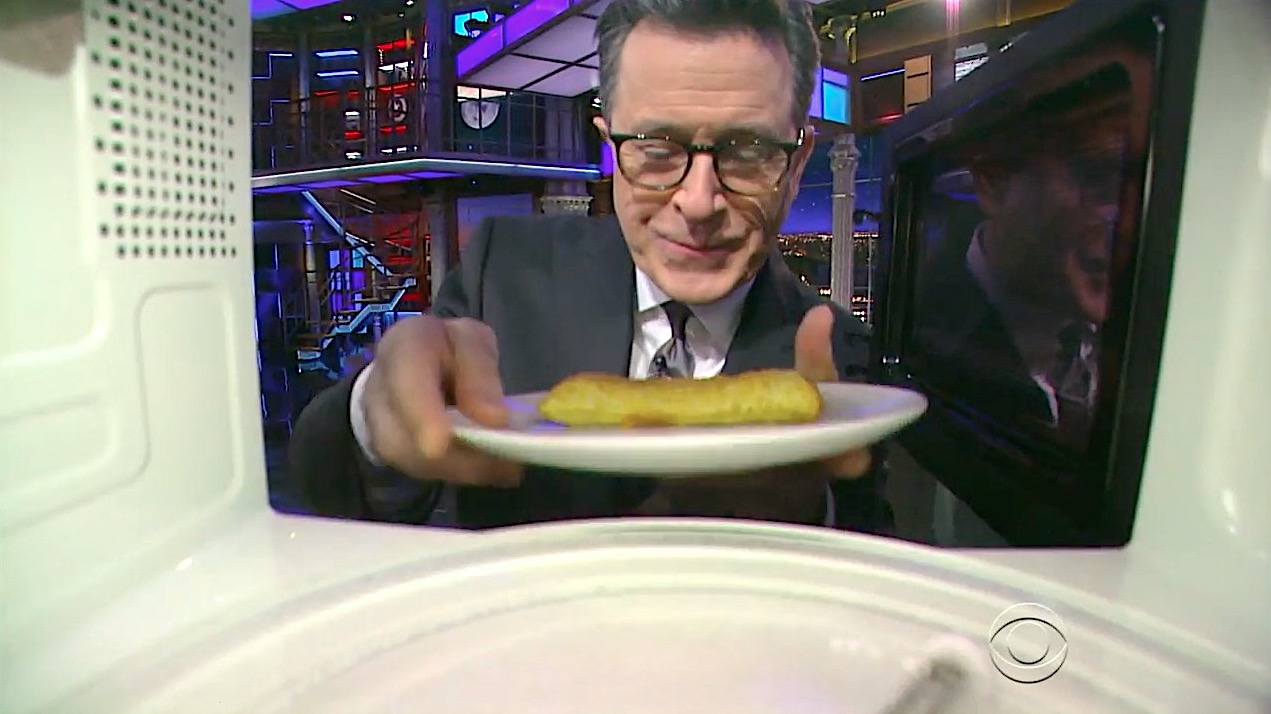
Stephen Colbert started off Monday's Late Show with the GOP's health-care plan, which had a bit of a setback earlier in the day. "So far it is popular with everyone — except doctors, hospitals, the insurance industry, patients, the elderly, Democrats, Republicans, and, what's the word, mortals," he said, and the Congressional Budget Office analysis on Monday only made things worse, estimating that 24 million people will lose insurance. When the audience booed, Colbert turned to gallows humor: "Keep in mind, that's 24 million people by 2026, and without health insurance, a lot of those people won't live that long."
He turned to the ongoing saga over President Trump's tweeted accusation that former President Barack Obama wiretapped his phones in Trump Tower. "Now Trump offered no evidence, and then demanded Congress go out and find some evidence," Colbert said. "Well, today is the deadline set by Congress for the Justice Department to hand over anything that might exist. So far — brace yourselves — nothing." Almost nobody is willing to back up Trump's claim, which Colbert didn't find all that shocking. "To believe Trump's claims, you'd need a shaky grasp of reality and zero regard for the truth," he said.
White House Press Secretary Sean Spicer tried to clean things up, explaining that Trump didn't really mean what he wrote. But "Spicer wasn't the only member of Team Trump cleaning up the tweetstorm," Colbert said, playing the clip of top Trump aide Kellyanne Conway suggesting Obama was eavesdropping on Trump using a specific kitchen appliance. "It's true, microwaves that turn into cameras," he said. "How do you think we film this show? Jim, show them Camera 3 over here."
The Week
Escape your echo chamber. Get the facts behind the news, plus analysis from multiple perspectives.

Sign up for The Week's Free Newsletters
From our morning news briefing to a weekly Good News Newsletter, get the best of The Week delivered directly to your inbox.
From our morning news briefing to a weekly Good News Newsletter, get the best of The Week delivered directly to your inbox.
After "Conway's microwave comment heated up online," Colbert said, she tried to explain them away on CNN Monday morning, saying she isn't Inspector Gadget and isn't in the evidence business. "Okay, who has that evidence job?" Colbert asked. "It would be nice to know if Obama was spying on everyone through the popcorn setting on our microwaves." A ding sounded, bringing to mind the old adage about mystery novels and guns only being casually introduced in early chapters if they are going to be used later in the book. "Excuse me, my Hot Pocket's done," Colbert said, putting the microwave camera prop to use. "By the way, President Obama, I miss you," he whispered into the microwave. Watch below. Peter Weber
A free daily email with the biggest news stories of the day – and the best features from TheWeek.com
Peter has worked as a news and culture writer and editor at The Week since the site's launch in 2008. He covers politics, world affairs, religion and cultural currents. His journalism career began as a copy editor at a financial newswire and has included editorial positions at The New York Times Magazine, Facts on File, and Oregon State University.
-
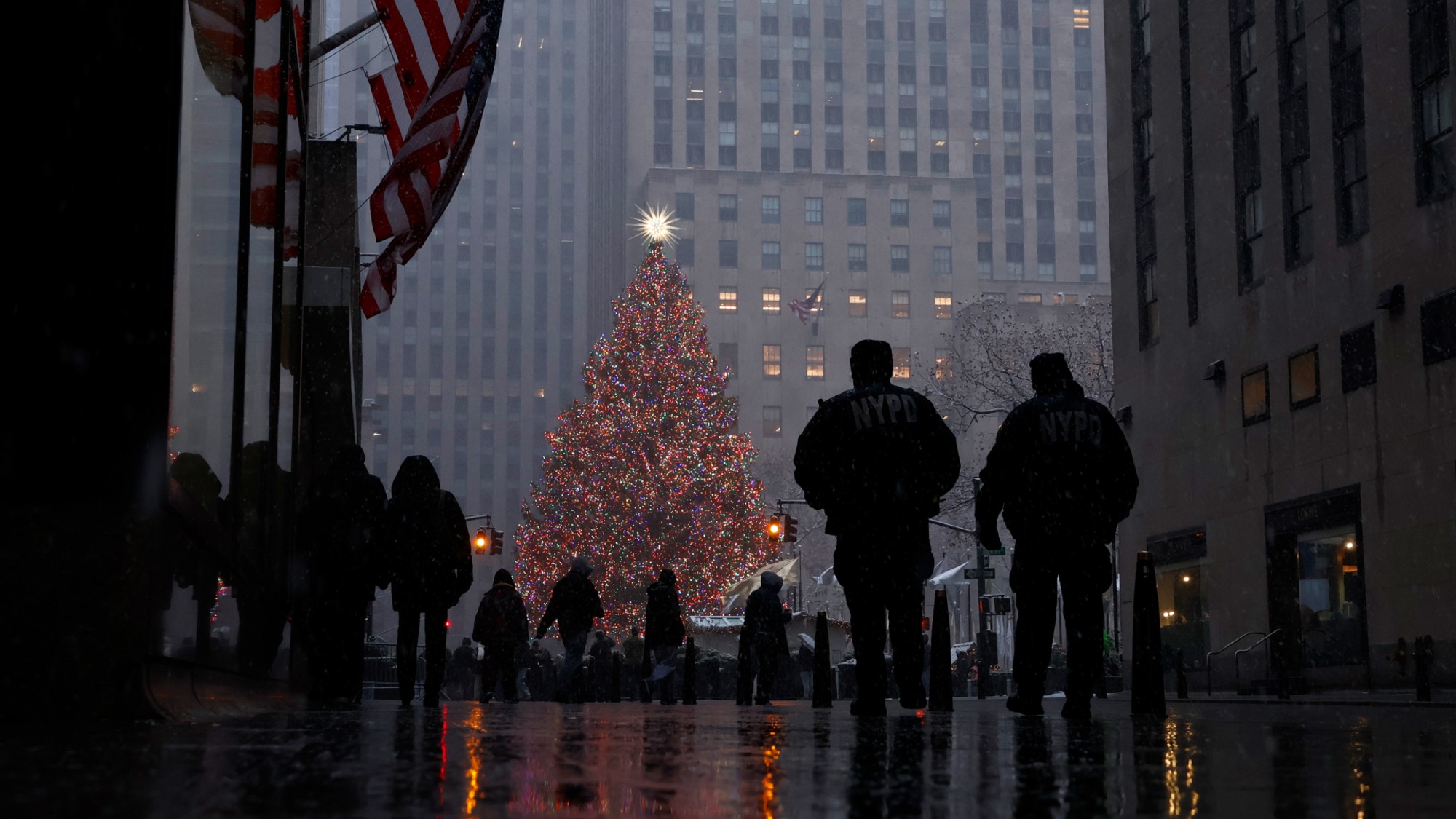 How climate change is affecting Christmas
How climate change is affecting ChristmasThe Explainer There may be a slim chance of future white Christmases
-
 The MAGA civil war takes center stage at the Turning Point USA conference
The MAGA civil war takes center stage at the Turning Point USA conferenceIN THE SPOTLIGHT ‘Americafest 2025’ was a who’s who of right-wing heavyweights eager to settle scores and lay claim to the future of MAGA
-
 The 8 best drama movies of 2025
The 8 best drama movies of 2025the week recommends Nuclear war, dictatorship and the summer of 2020 highlight the most important and memorable films of 2025
-
 Son arrested over killing of Rob and Michele Reiner
Son arrested over killing of Rob and Michele ReinerSpeed Read Nick, the 32-year-old son of Hollywood director Rob Reiner, has been booked for the murder of his parents
-
 Rob Reiner, wife dead in ‘apparent homicide’
Rob Reiner, wife dead in ‘apparent homicide’speed read The Reiners, found in their Los Angeles home, ‘had injuries consistent with being stabbed’
-
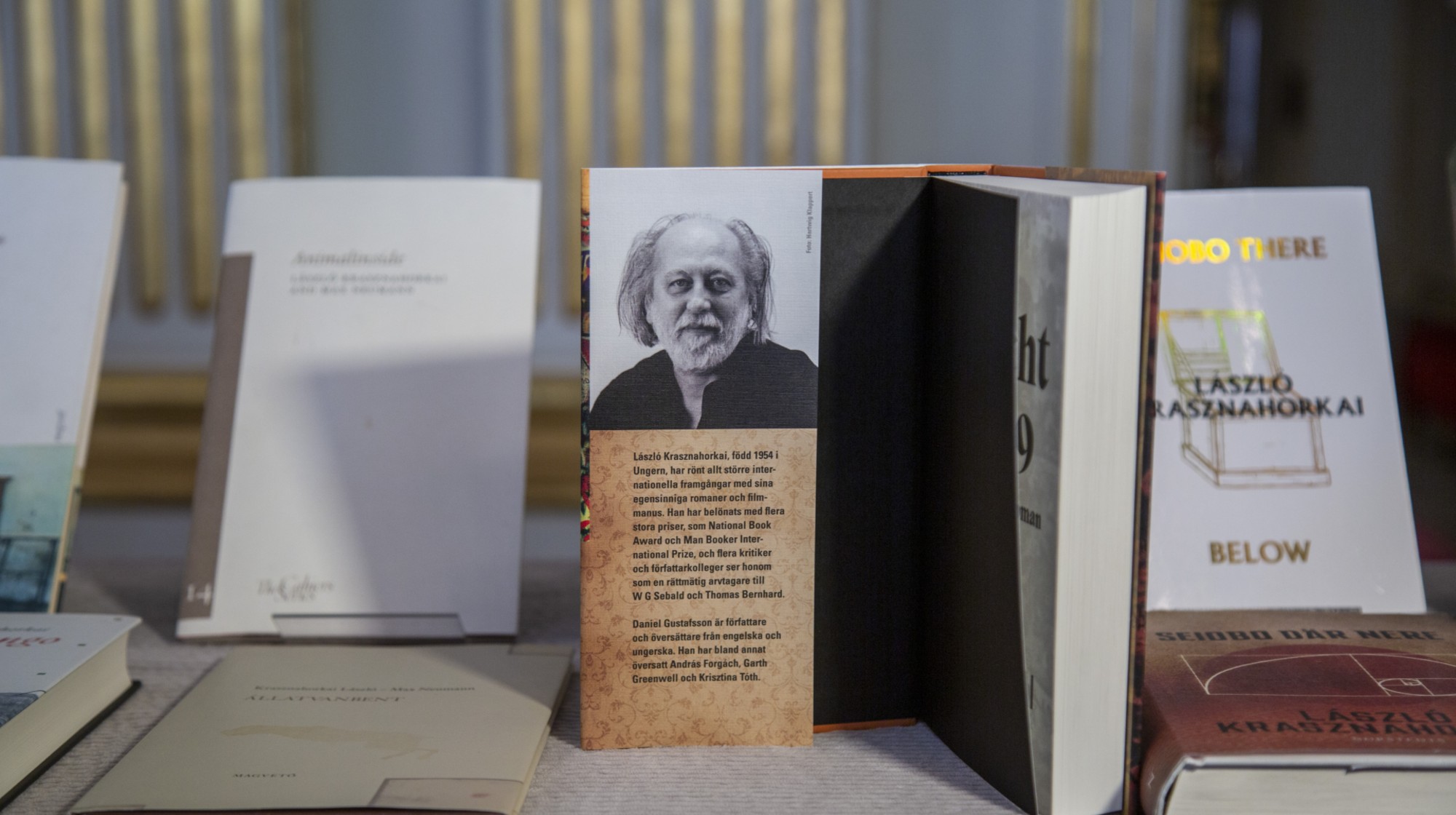 Hungary’s Krasznahorkai wins Nobel for literature
Hungary’s Krasznahorkai wins Nobel for literatureSpeed Read László Krasznahorkai is the author of acclaimed novels like ‘The Melancholy of Resistance’ and ‘Satantango’
-
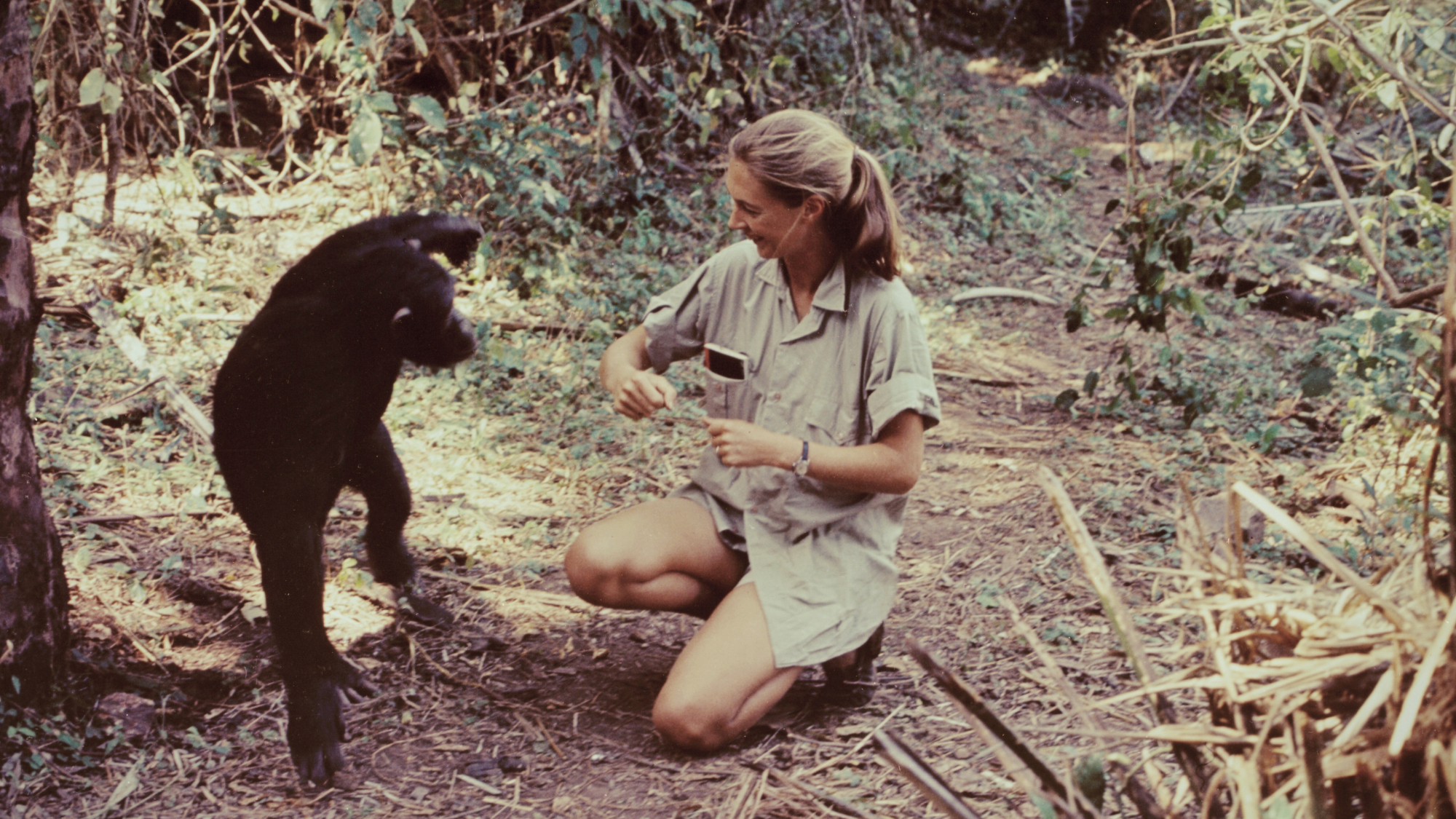 Primatologist Jane Goodall dies at 91
Primatologist Jane Goodall dies at 91Speed Read She rose to fame following her groundbreaking field research with chimpanzees
-
 Florida erases rainbow crosswalk at Pulse nightclub
Florida erases rainbow crosswalk at Pulse nightclubSpeed Read The colorful crosswalk was outside the former LGBTQ nightclub where 49 people were killed in a 2016 shooting
-
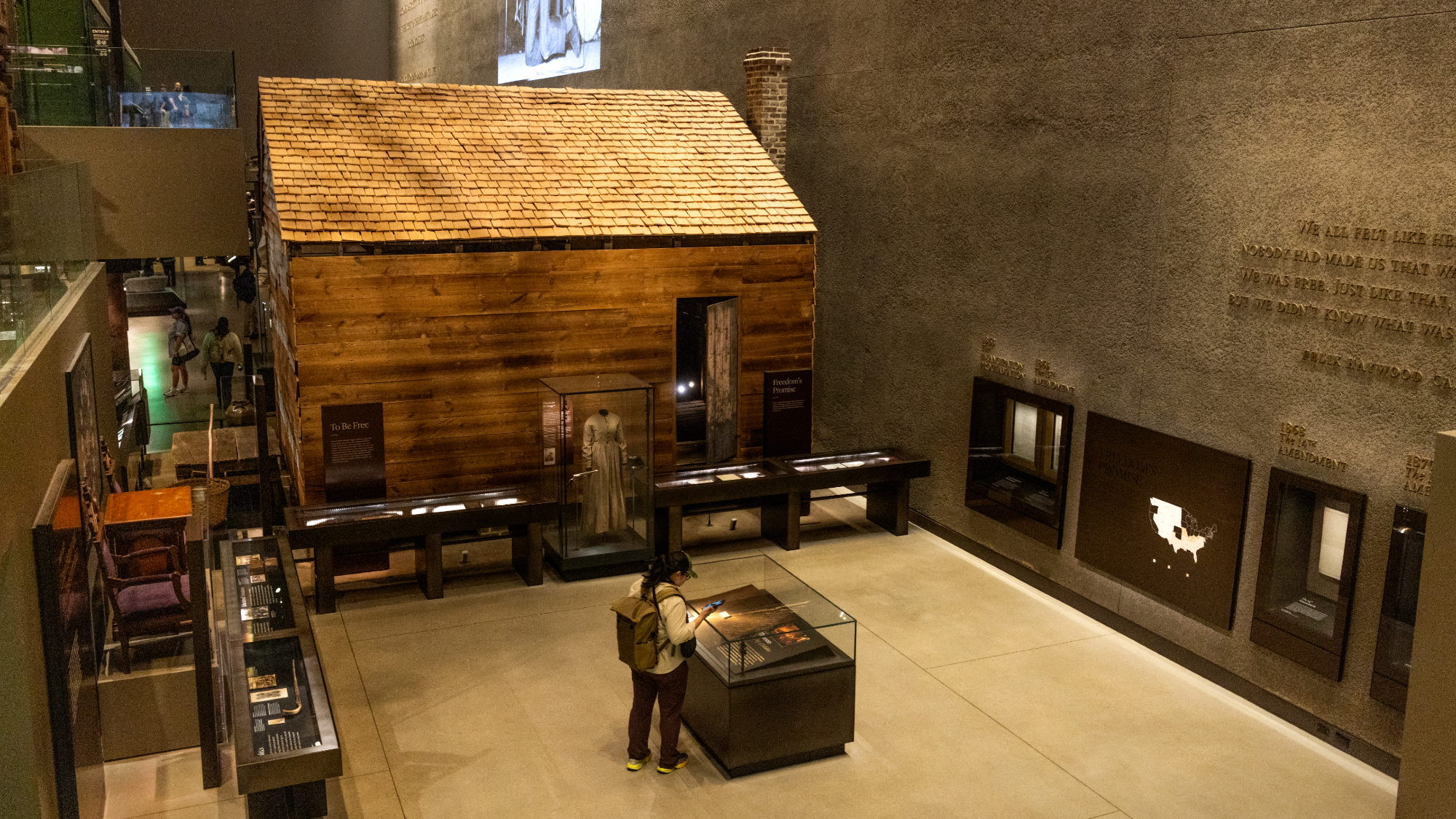 Trump says Smithsonian too focused on slavery's ills
Trump says Smithsonian too focused on slavery's illsSpeed Read The president would prefer the museum to highlight 'success,' 'brightness' and 'the future'
-
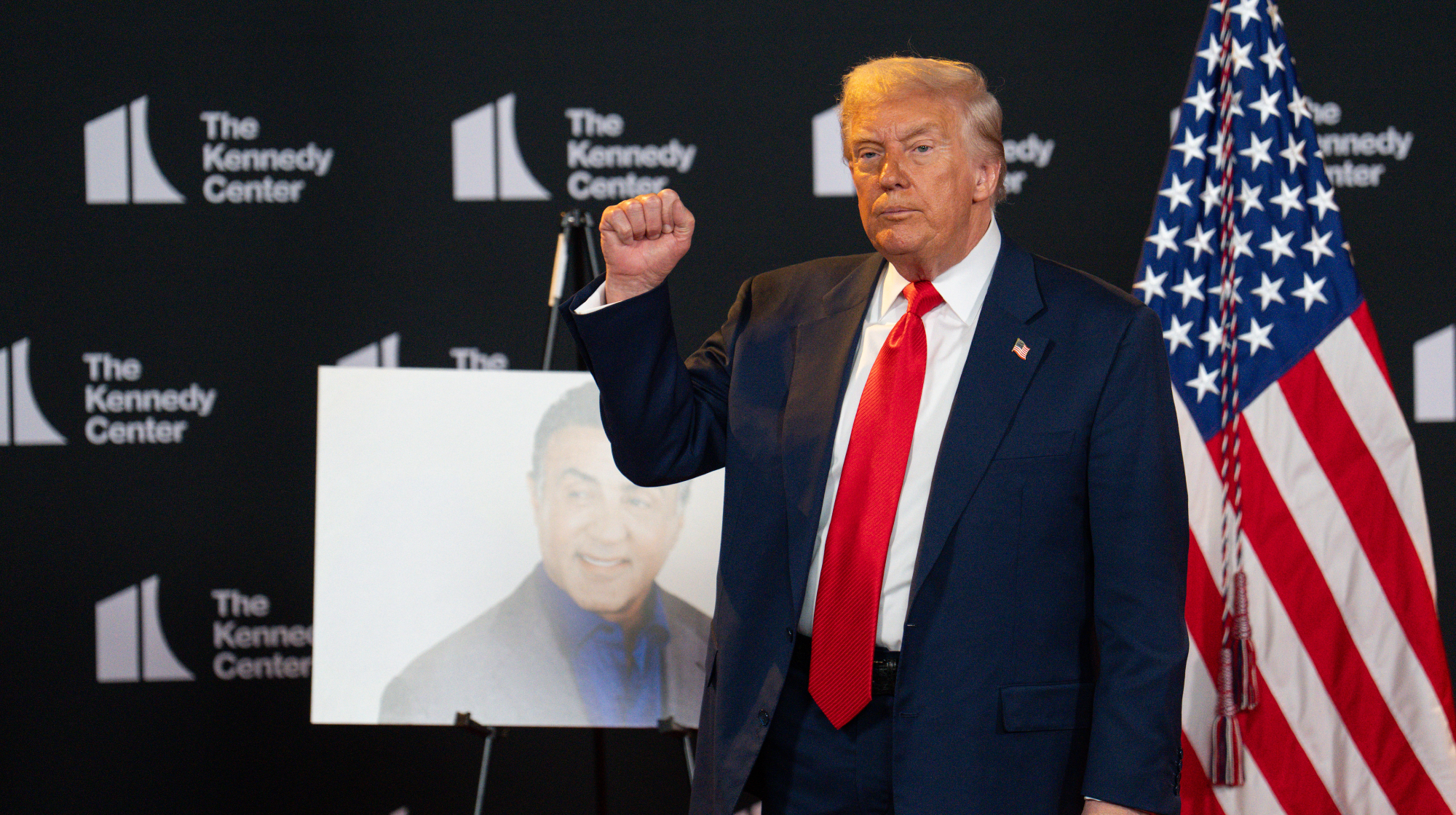 Trump to host Kennedy Honors for Kiss, Stallone
Trump to host Kennedy Honors for Kiss, StalloneSpeed Read Actor Sylvester Stallone and the glam-rock band Kiss were among those named as this year's inductees
-
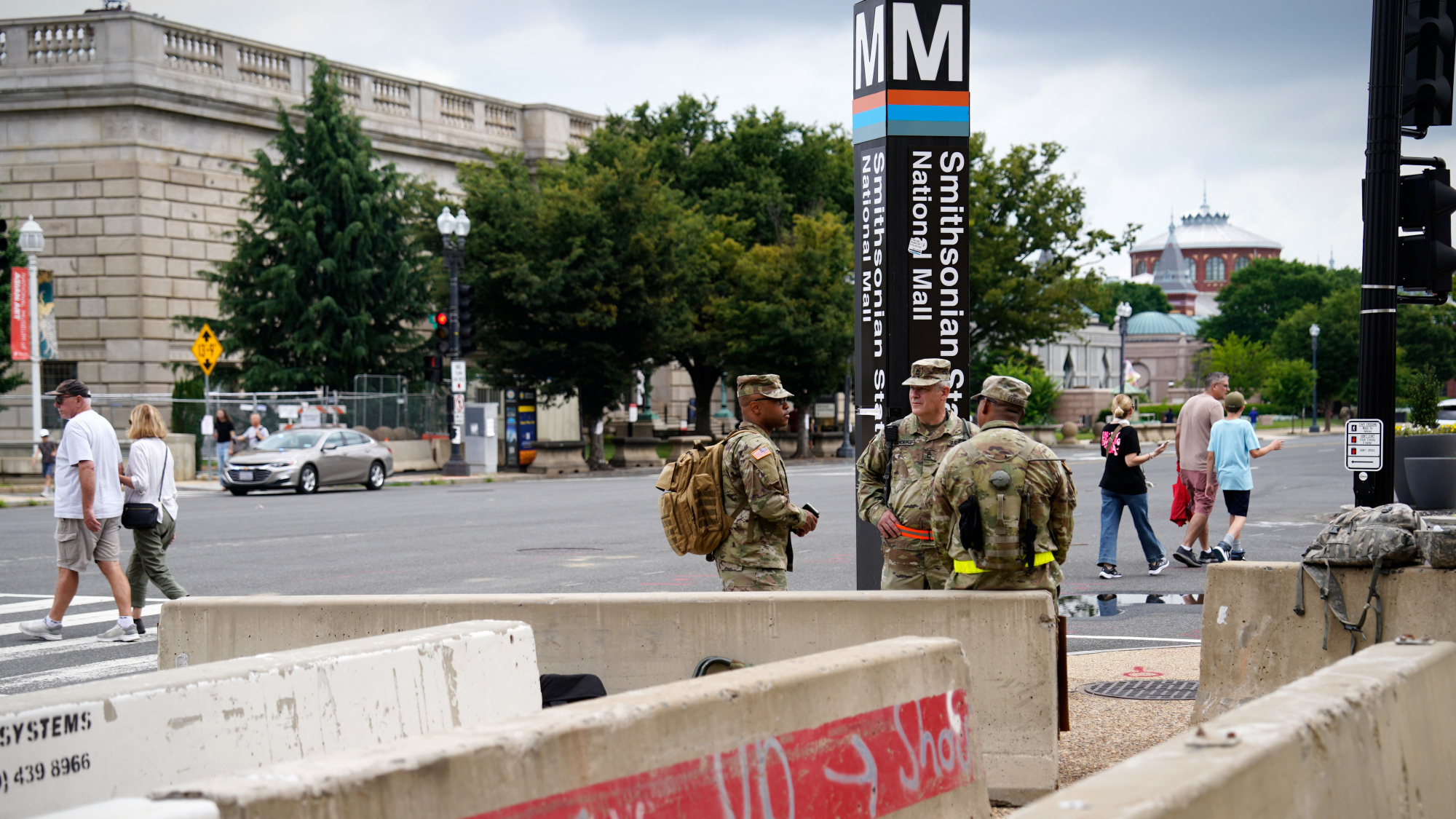 White House seeks to bend Smithsonian to Trump's view
White House seeks to bend Smithsonian to Trump's viewSpeed Read The Smithsonian Institution's 21 museums are under review to ensure their content aligns with the president's interpretation of American history
